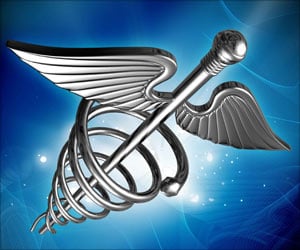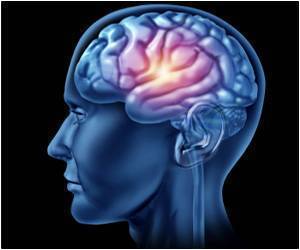Our brain is divided into two hemispheres, which are linked through only a few connections. However, we do not seem to have a problem to create a coherent image of our environment

The corpus callosum, the largest fibre bundle connecting the left and right side of our brain, plays a major role in this process.
Researchers from the Max Planck Institute for Brain Research in Frankfurt investigated whether differences between individuals in the anatomy of the corpus callosum would predict how observers perceive a visual stimulus for which the left and right hemisphere need to cooperate.
As their results indicate, the characteristics of specific callosal fibre tracts are related to the subjective experience of individuals.
In their study, Erhan Genc and colleagues used a motion illusion, called the "motion quartet", which can be perceived in two different ways.
Analyses revealed that the properties of specific fibre tracts connecting regions specialized for visual motion processing could predict observers' individual parity ratio.
Advertisement
Importantly, this relationship was restricted to visual motion centres. Neighbouring fibre tracts in the visual system connecting areas specialized for other stimulus features were not associated with the parity ratio.
Advertisement
Source-ANI













